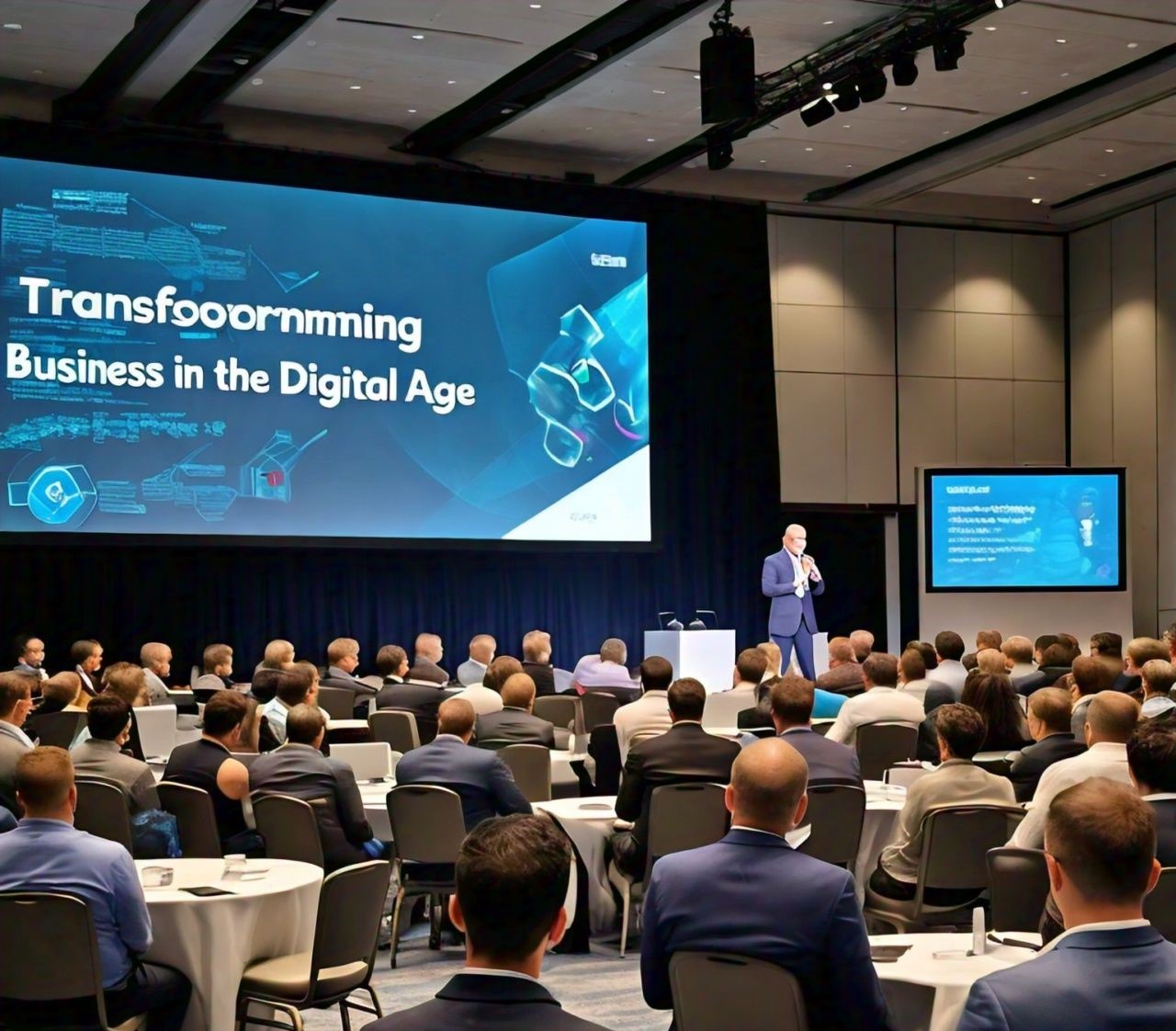Decoding the Gig Economy | How It’s Shaping Business Today
Introduction to the Gig Economy
The gig economy, a labor market characterized by short-term contracts or freelance work as opposed to permanent jobs, has been rapidly transforming the world of work. This shift is driven by various factors, including technological advancements, changing workforce preferences, and the evolving needs of businesses. Understanding the gig economy and its implications is crucial for both employers and employees navigating this new economic landscape.
The Rise of the Gig Economy
Technological Advancements
One of the primary drivers of the gig economy is technology. The spread of digital platforms such as Uber, Airbnb, and Upwork has made it easier for workers to find gig opportunities and for businesses to access a global talent pool. These platforms offer a convenient way to match supply with demand, enabling gig workers to find jobs quickly and efficiently. Moreover, innovations like blockchain and artificial intelligence are further streamlining processes and creating new opportunities within the gig economy.
Changing Workforce Preferences
Another significant factor contributing to the rise of the gig economy is the changing preferences of the workforce. Many individuals now prioritize flexibility and autonomy over job security and traditional employment benefits. This shift is particularly evident among millennials and Generation Z, who value the ability to set their own schedules and choose projects that align with their personal interests and skills.
Economic Factors
Economic factors also play a role in the growth of the gig economy. During times of economic uncertainty, companies may be hesitant to commit to long-term employment contracts. Instead, they turn to gig workers to manage workload fluctuations without the overhead costs associated with full-time employees. Additionally, the gig economy provides a safety net for individuals who have lost their jobs or are seeking supplementary income.
Benefits of the Gig Economy for Businesses
Cost Efficiency
One of the most compelling advantages of the gig economy for businesses is cost efficiency. Hiring gig workers allows companies to save on expenses related to full-time employees, such as benefits, office space, and equipment. Businesses can engage freelancers on an as-needed basis, scaling their workforce up or down depending on current demand. This flexibility is particularly beneficial for startups and small enterprises with limited budgets.
Access to a Diverse Talent Pool
The gig economy provides businesses with access to a diverse and global talent pool. Companies can tap into specialized skills and expertise that may not be available locally. By leveraging freelancers from different geographical locations, businesses can enhance creativity, innovation, and problem-solving capabilities. This diversity also allows companies to cater to a broader range of clients and markets.
Enhanced Agility and Competitiveness
In today’s fast-paced business environment, agility is crucial. The gig economy enables businesses to respond quickly to market changes and emerging opportunities. With a flexible workforce, companies can fasten the project timelines, adapt to new trends, and stay ahead of competitors. This increased agility contributes to overall business resilience and competitiveness.
Challenges of the Gig Economy for Businesses
Quality Control and Consistency
While the gig economy offers numerous benefits, it also presents challenges, particularly in terms of quality control and consistency. Managing a remote and dispersed workforce can make it difficult to ensure that all gig workers meet the company’s standards and deliver high-quality work. Businesses need to implement strong inspection processes, clear guidelines, and effective communication channels to maintain consistency.
Legal and Regulatory Issues
The gig economy operates in a complex legal and regulatory environment. Issues such as worker classification, tax obligations, and intellectual property rights can pose significant challenges for businesses. Companies must navigate these complexities to avoid legal disputes and ensure compliance with relevant laws. Staying informed about changing regulations and seeking legal advice when necessary is essential for reducing risks.
Worker Engagement and Retention
Engaging and retaining gig workers can be more challenging than managing traditional employees. Without the promise of long-term employment, benefits and career advancement gig workers may lack loyalty and commitment to a single company. Businesses need to create a positive work environment offer competitive compensation and recognize the contributions of gig workers to foster engagement and retention.
Impact of the Gig Economy on Traditional Employment
Redefining Job Security
The gig economy is reshaping the concept of job security. Traditional notions of stable, long-term employment are being replaced by a dynamic and fluid labor market. While this shift offers greater flexibility, it also raises concerns about income stability and benefits for workers. Policy makers and organizations are exploring new models of social security and benefits to address these challenges.
Skills Development and Lifelong Learning
In the gig economy, continuous skills development and lifelong learning are more important than ever. Gig workers must constantly update their skills to remain competitive and meet the demands of a rapidly changing market. Employers also benefit from investing in the professional development of their gig workforce, as it ensures access to a skilled and capable talent pool.
Work-Life Balance and Well-Being
The gig economy has the potential to improve work-life balance by offering greater flexibility. However, it can also blur the boundaries between work and personal life, leading to burnout and stress. Both gig workers and employers need to prioritize well-being, set clear boundaries, and promote a healthy work-life balance to sustain productivity and job satisfaction.
Future Trends in the Gig Economy
Integration of Technology
The future of the gig economy will be heavily influenced by technological advancements. Emerging technologies such as artificial intelligence, blockchain, and the Internet of Things (IoT) will continue to transform gig work. These technologies will enhance efficiency, security, and transparency in gig transactions, creating new opportunities and challenges for businesses and workers both.
Evolving Business Models
As the gig economy matures, we can expect to see the emergence of new business models. Hybrid work arrangements, where employees combine traditional employment with gig work, are likely to become more common. Additionally, platforms that offer comprehensive support services for gig workers, such as financial planning and health benefits, will gain popularity.
Policy and Regulatory Developments
Policymakers around the world are grappling with the implications of the gig economy. Future developments in labor laws and regulations will shape the landscape of gig work. Efforts to ensure fair profits, benefits, and protections for gig workers will continue to be a focal point. Businesses must stay informed about these changes and adapt their practices accordingly.
Conclusion: Embracing the Gig Economy
The gig economy represents a important shift in the way work is organized and conducted. For businesses, it offers opportunities for cost savings, access to diverse talent, and enhanced agility. However, it also presents challenges related to quality control, legal compliance, and worker engagement. To thrive in the gig economy, businesses must adopt strategies that leverage its benefits while addressing its challenges.
Understanding the gig economy and its impact on business is essential for deriving the future of work. By embracing flexibility, supporting innovation and prioritizing the well-being of gig workers, businesses can harness the full potential of the gig economy and achieve sustainable success.
Would you like assistance with anything specific regarding this content?

Thomas Johnson, an expert in business, brings extensive expertise and experience to his writing. As a distinguished author, he provides readers with valuable insights and practical strategies, blending his deep industry knowledge with engaging narratives that inform and inspire.























